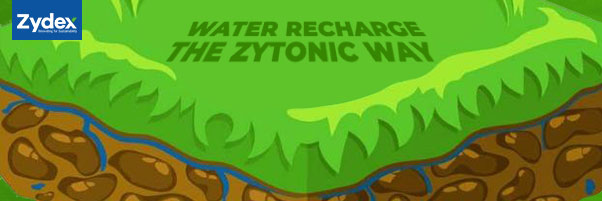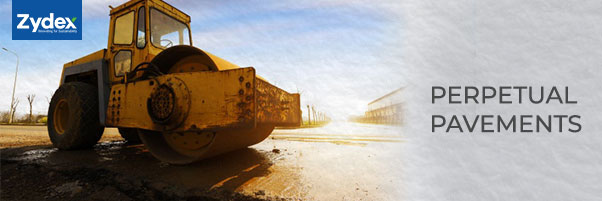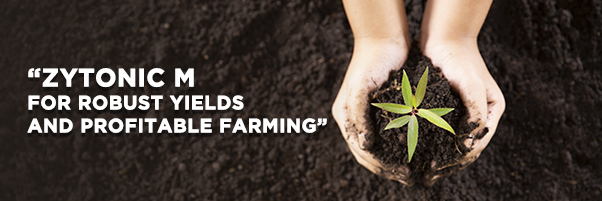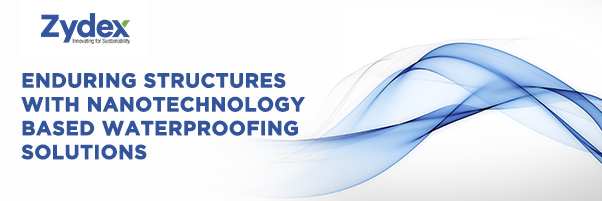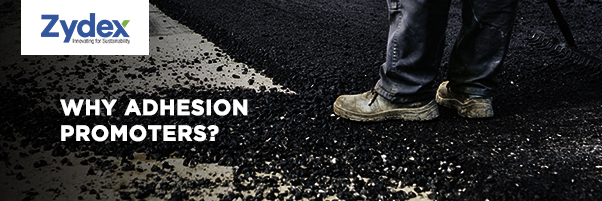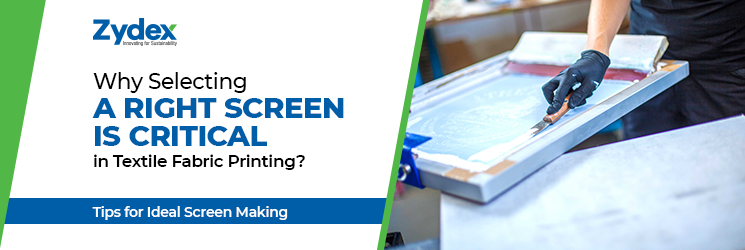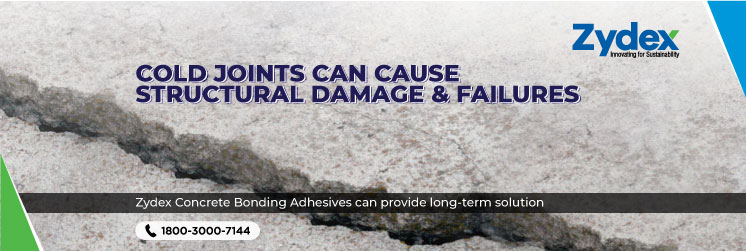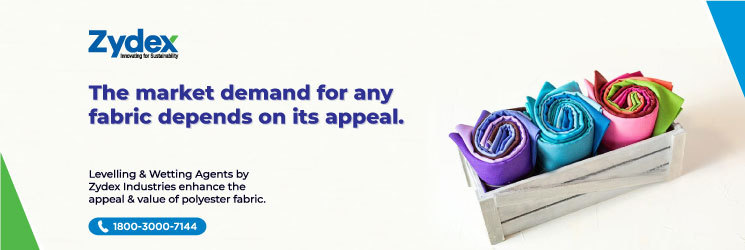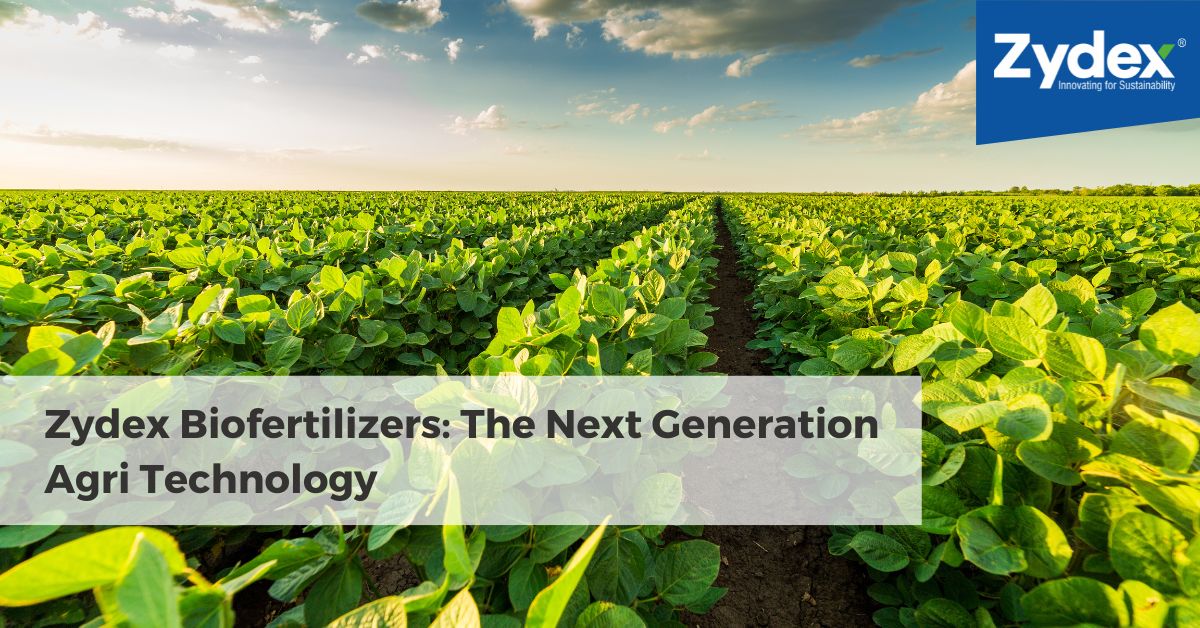The market acceptance of the fabric depends on the fabric appeal (comfort). Fabrics are not just intermingling of yarns but they are product of precise manufacturing process where the processer faces hurdles in form of complex designs, shade variations, manufacturing defects, variation from standard etc.
Dyeing is a process of colouring fibres, yarns, or fabrics with either natural or synthetic dyes. This colouring is done by use of wet and dry processing techniques. In case of wet processing, textile material is coloured by bringing it in contact with the dye solution.
Some of the key parameters affecting the dyeing process are surface tension, capillary effect, surface unevenness, polar action etc.
Non-uniform patchy dyeing occurs due to:
- Substrate deformity
- Poor processing conditions
- Incorrect dye stuff selection
Hence to overcome this hurdles, dyeing & leveling chemicals like levelling agent, dispersing agents along with wetting agents are used.
Levelling agents
Levelling agent are chemical agent’s that work on the dye molecule and help in fixing the dye particles uniformly which enables to obtain uniform shade. Levelling agents are also termed as retarding agents or retarders.
Key role of levelling agent in dyeing:
Levelling agent are key for successful dyeing in situations where dye tends to rush on to the substrate giving non uniform dyeing.
Levelling agent competes with the dyes having affinity towards substrate. Hence they slow down the dye uptake of the substrate enabling production of uniform colour. Hence, they are also called retarding agents
Type of levelling agents
This surface active agents and may be anionic, cationic or non-ionic organic compounds. Accordingly, they are used for varied substrates as detailed below.
| Substrate type |
Ion type |
Type of dye |
| Wool, Nylon, |
Cationic |
Basic, Acid, MetalComplex, Reactive |
| Acrylic, Wool, Nylon,Substrate type |
Weakly cationic |
Acid, Mordant, MetalComplex |
| Wool, Nylon, Polyester |
Nonionic/Cationic |
Direct milling, Metal Complex, Disperse |
| Wool |
Anionic |
Acid, Mordant, Metal Complex, Reactant |
| Cotton |
Cationic/Polymeric |
Vat, Sulphur |
| Wool |
Amphoteric |
Acid, Mordrant, MetalComplex, Reactive |
| Cotton, Wool, Nylon, Polyester |
Non-Ionic/Anionic |
Azoic, Vat, Direct milling, Metal Complex, Disperse |
| Cotton, Wool, Nylon, Polyester |
Weakly Anionic |
Acid, Direct, Disperse |
| Polyester |
Anionic/Cationic |
Acid, Metal-Complex |
For Synthetic and its blends, generally the levelling agents are used that can withstand higher temp of dyeing, Say 130°C. These are the condensates of ethylene oxide and higher fatty alcohol, fatty amines.
Cloud point is very import while deciding levelling agent. The solubility of levelling agents in water reduces with increase in temperature and at a certain temperature they become insoluble. This temperature is called cloud point.
Zydex manufactures single component multi-functional product “Zycol DL” which is next generation surface active material for improving dispersing & levelling action of disperse dyes on substrates like polyester fibres, yarns and fabrics.
This new chemistry enables better dispersion of disperse dyes in water at high temperature.
Moreover the product has high cloud point which enables better levelling and brightness
Wetting agents
Another important auxiliary used in dyeing are wetting agents. Wetting agents are basically surfactants that lower the surface tension of a liquid, allowing easier spreading, and lower the interfacial tension between two liquids.
Each wetting agent molecule has a hydrophilic (water-loving) head a hydrophobic (water-hating) tail.
They help in accelerating the wet ability of material in solution & thus help in easy penetration of dyes into substrate.
Zydex Industries manufactures low and high molecular weight polymeric surfactant based wetting agents that provide excellent cleaning action for waxes and oils from cotton as well polyester surface. The wetting agents make the fiber surface clean and help improve the solidity of reactive and disperse dyeing.


